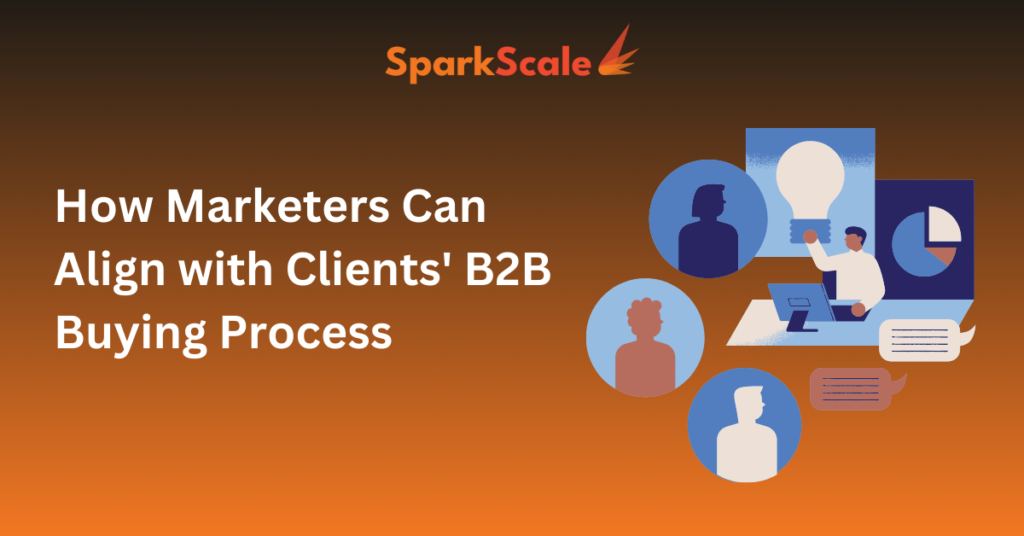How Marketers Can Align with Clients' B2B Buying Process
The B2B Buyer’s Journey
Hey there, savvy marketers! You probably already heard that the “67% of the B2B buyer’s journey is now done digitally before a buyer even reaches out to sales” myth has been debunked. However, still over 70% of B2B decision-makers prefer remote or digital interactions and spend over half of their research time online. It’s a staggering statistic that highlights how much the landscape of purchasing has shifted in recent years. In today’s fast-paced world, it’s not enough for marketers to just push products or services; they need to align their strategies with how clients actually buy. In this article, we’ll explore the disconnect between marketers and clients, why it matters, and most importantly, how you can bridge that gap to supercharge your marketing efforts. So, let’s dive in and learn how to speak your clients’ language!
Misalignment Between Marketers and Clients
Businesses’ Desire vs. Clients’ Behavior
While businesses want to sell their products or services all year long, clients don’t make purchasing decisions on a whim. They conduct research, consult with others, and only buy when they’re ready. This difference in mindset creates a disconnect between marketers and their audiences.
Resulting Misalignment
This misalignment leads to various issues:
- Different calendars: Marketers push for sales constantly, while clients have specific buying seasons.
- Different priorities: Marketers focus on hitting KPIs, while clients prioritize making informed decisions.
- Different timelines: Marketers want to sell as soon as possible, while clients take their time to make a purchase.
Aggressive Tactics
To compensate for this misalignment, marketers often resort to aggressive tactics that can be off-putting to clients. These tactics might include bombarding clients with sales pitches or pushing for a purchase before the client is ready.
Strategies for Alignment
1. Understanding How Clients Buy
To align with your clients’ buying process, you need to understand their behavior. Study buying trends in your industry and adapt your strategies accordingly. Pay special attention to the growing trend of self-serve buying, where clients prefer to research and make decisions on their own terms.
2. Acknowledging “Out of Market” Prospects
Not all prospects are actively looking to buy. Some might be unaware of the problem your product solves, while others are content with their current solution. Instead of using aggressive techniques on these prospects, focus on building awareness and providing value that might pique their interest when they do enter the market.
3. Identifying “In Market” Prospects
Identify the subset of your target audience that is actively seeking a solution or ready to make a purchase. Understand the triggers that indicate they are in the market to buy. This involves understanding your Ideal Customer Profile (ICP) and setting up systems to gather intent data from these prospects.
Conclusion
Understanding and adapting to the way clients make purchasing decisions is crucial in today’s digital landscape. We’ve explored the disconnect between marketers and clients, highlighting the differences in priorities, timelines, and the use of aggressive tactics. By acknowledging these differences and implementing strategies that align with clients’ buying behavior, marketers can create more effective campaigns that resonate with their audience.
From understanding industry buying trends to identifying prospects who are “in market,” the key lies in being proactive and adaptable. Remember, it’s not about selling all the time but rather about being there when your clients are ready to buy. By adopting a client-centric approach, you can build stronger relationships and drive better results for your business. So, next time you plan your marketing strategy, keep your clients’ buying process front and center. Here’s to marketing that speaks your clients’ language!

